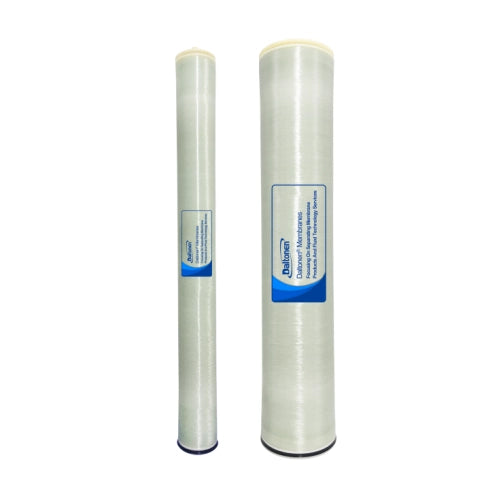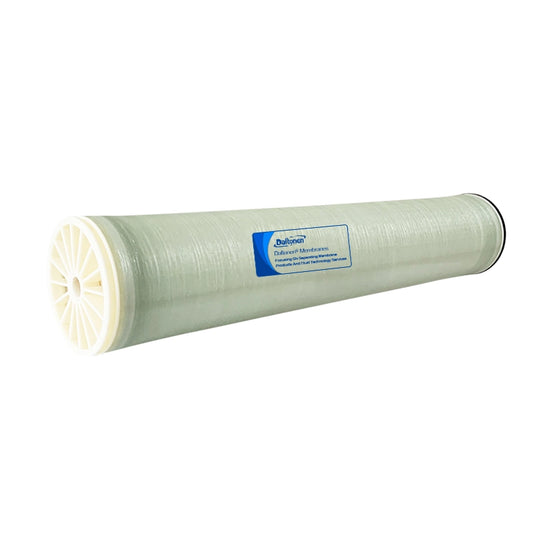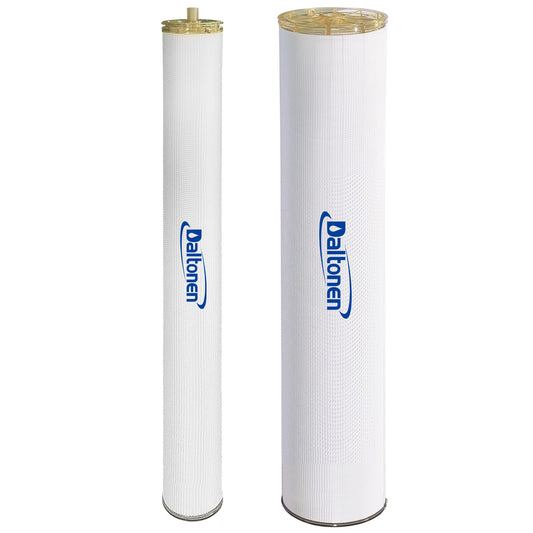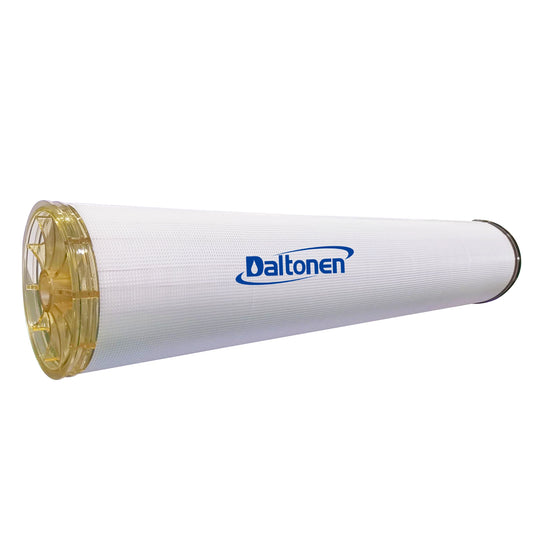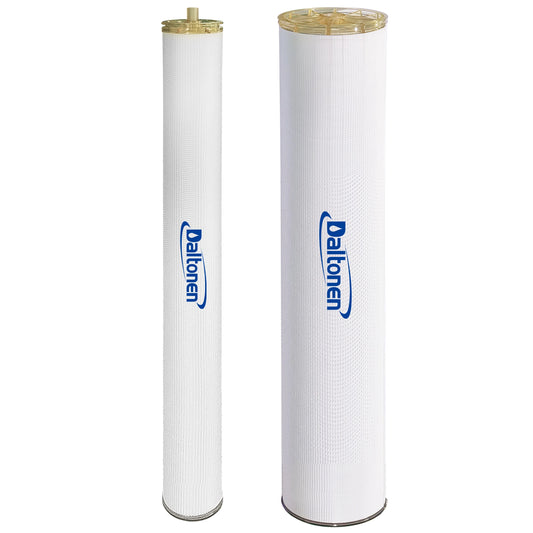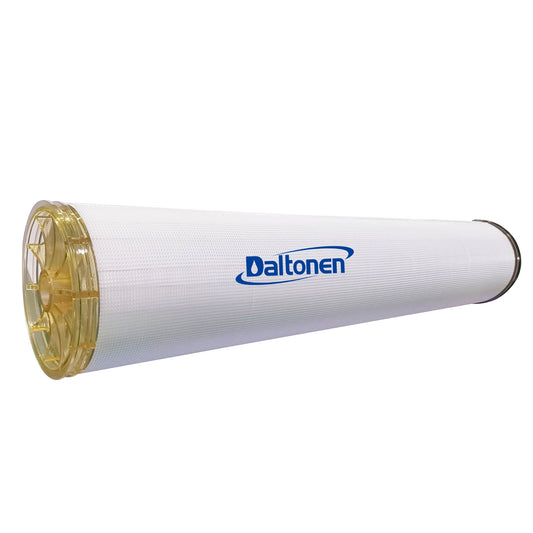What Impact Will U.S. Tariff Hikes Have on the Domestic Reverse Osmosis Manufacturing Industry?
11 Apr 2025
1. The Direct Impact of U.S. Tariff Hikes on the Reverse Osmosis Membrane Industry
1.1 Rising Import Costs
After the U.S. increased tariffs, the import costs of the reverse osmosis membrane industry significantly rose. Taking China as an example, China is one of the world’s major producers of reverse osmosis membranes. When the U.S. imports reverse osmosis membranes and related products from China, the tariff hike directly led to an increase in import prices. According to relevant data, after the tariff increase, the average cost of importing reverse osmosis membranes from China to the U.S. rose by about 20%. This put higher cost pressure on U.S. importers of reverse osmosis membranes when purchasing, thereby affecting their sales prices and profit margins in the domestic market. To maintain profits, importers might choose to raise product prices, which would weaken the price competitiveness of the U.S. domestic reverse osmosis membrane market and impact the purchasing intentions of consumers and businesses.
Moreover, the tariff increase could also lead to supply chain disruptions or instability. Many reverse osmosis membrane manufacturing enterprises rely on imported raw materials and components. The increased tariffs caused the import costs of these raw materials and components to rise. In an effort to reduce costs, enterprises might seek alternative suppliers. However, new suppliers might have issues such as unstable quality and uncertain delivery times, thereby affecting the normal production and operation of enterprises. For instance, some reverse osmosis membrane manufacturing enterprises, when looking for alternative raw material suppliers, found that the quality of products from new suppliers was inconsistent. This led to a decline in product quality, an increase in customer complaints, and an impact on the market share of enterprises.
1.2 Hindered Export Markets
The U.S. tariff hikes have severely impeded the export markets of the reverse osmosis membrane industry. In the global reverse osmosis membrane market, countries such as China, the U.S., Japan, and South Korea are the main producers and exporters. Changes in U.S. tariff policies have made it more difficult for reverse osmosis membrane products from other countries to enter the U.S. market, facing higher trade barriers. According to statistics from the International Reverse Osmosis Membrane Industry Association, after the U.S. tariff increase, the global export volume of reverse osmosis membranes to the U.S. decreased by about 15%. Among them, the number of reverse osmosis membrane products exported from China to the U.S. saw the most significant decline, with a drop of over 20%. This not only affected the economic benefits of exporting enterprises but also had a negative impact on the stable development of the global reverse osmosis membrane industry chain.
From the enterprise level, the hindered exports led to inventory accumulation and difficulties in capital recovery. Many reverse osmosis membrane manufacturing enterprises had invested a large amount of capital in technology research and development, equipment purchase, and market promotion in an effort to tap into the U.S. market. After the tariff increase, products could not smoothly enter the U.S. market, and enterprises faced huge capital pressure. For example, a domestic reverse osmosis membrane enterprise had originally planned to expand its export scale to the U.S. and had produced a batch of products in advance. However, due to the tariff increase, the products were unsold. The enterprise had to sell at a discount, resulting in a significant drop in profits and even the risk of losses. In addition, the hindered export market might also trigger price competition among enterprises, further compressing profit margins and affecting the healthy development of the industry.

2. The Impact on the Reverse Osmosis Membrane Industry Chain
2.1 Upstream Raw Material Supply
The U.S. tariff hikes have had multifaceted impacts on the upstream raw material supply of the reverse osmosis membrane industry. First, the tariff increase caused the prices of imported raw materials relied upon for the production of reverse osmosis membranes to rise. For example, some high-performance membrane materials and chemical reagents, which are mainly imported, saw an average increase of about 15% in procurement costs after the tariff increase. This forced reverse osmosis membrane manufacturing enterprises to reevaluate their raw material procurement strategies and seek alternative suppliers from within the country or other nations. However, domestic raw material suppliers could not fully meet the industry’s demand for high-quality raw materials in the short term, leading to raw material shortages for some enterprises. According to industry research, about 30% of reverse osmosis membrane manufacturing enterprises indicated that the stability of raw material supply was challenged after the tariff increase, affecting normal production plans.
Moreover, the tariff increase might also lead to changes in the competitive landscape among raw material suppliers. Some raw material suppliers who originally relied on the U.S. market, facing export difficulties, began to seek other market opportunities. This could lead to a reshuffling of the raw material supply market. For example, some raw material suppliers who originally exported to the U.S. began to increase their market development efforts in other regions such as Europe and Asia. This, to some extent, intensified the competition in the raw material market but also provided more raw material choices for reverse osmosis membrane manufacturing enterprises in other regions.

2.2 Midstream Production Link
In the midstream production link, the U.S. tariff hikes have significantly impacted the production and operation of reverse osmosis membrane enterprises. On the one hand, the increase in import costs has led to higher production costs for enterprises. In addition to the rise in raw material costs, the tariff increase might also affect the import of production equipment for enterprises. Many reverse osmosis membrane manufacturing enterprises rely on advanced imported production equipment to improve production efficiency and product quality. After the tariff increase, the cost of equipment import rose by an average of about 10%. This put greater financial pressure on enterprises in terms of equipment renewal and technological upgrading. According to industry statistics, after the tariff increase, about 40% of reverse osmosis membrane manufacturing enterprises indicated that their equipment renewal plans were affected, slowing down the pace of technological progress in enterprises.
On the other hand, the hindered export market has led to a decrease in enterprise production capacity utilization. Many reverse osmosis membrane enterprises originally relied on the U.S. market to absorb part of their production capacity. After the tariff increase, the export volume of products decreased, and enterprises had to reduce their production scale. For example, the production capacity utilization rate of some large reverse osmosis membrane manufacturing enterprises dropped from 80% to 60% after the tariff increase. This led to an increase in fixed cost allocation for enterprises and a further rise in unit product costs. To deal with the problem of excess production capacity, some enterprises began to seek opportunities to expand in the domestic market. However, the domestic market is highly competitive, and enterprises need to invest more resources in market promotion and customer development.
Moreover, the tariff increase might also affect the technological innovation investment of enterprises. Faced with rising costs and market pressure, some enterprises might reduce their investment in research and development to maintain short-term profitability. However, in the long run, this would weaken the core competitiveness of enterprises. According to industry analysis, after the tariff increase, the average proportion of research and development investment in the reverse osmosis membrane industry dropped from 5% to 3.5%. This poses a potential threat to the sustainable development of the industry.

2.3 Downstream Application Market
The U.S. tariff hikes have also had a significant impact on the downstream application market of the reverse osmosis membrane industry. First, from the demand side, the tariff increase has led to a rise in the price of reverse osmosis membrane products, affecting the demand of downstream users. Reverse osmosis membranes are widely used in industries such as water treatment, food and beverage, pharmaceuticals, and electronics. The increase in product prices has led to higher procurement costs for downstream users. For example, in the water treatment industry, reverse osmosis membranes are key equipment for seawater desalination and wastewater treatment. After the tariff increase, the equipment procurement costs of water treatment enterprises rose by an average of about 18%. This led some enterprises to postpone equipment renewal and project investment plans. According to industry surveys, about 25% of downstream users indicated that they reduced their procurement volume of reverse osmosis membrane products after the tariff increase.
Secondly, the tariff increase might also affect the competitive landscape of the downstream application market. Due to the rise in the price of reverse osmosis membrane products, some cost-sensitive downstream users might seek alternative products or technologies. For example, in the food and beverage industry, some enterprises might consider using other filtration technologies to replace reverse osmosis membrane technology to reduce production costs. This would pose a threat to the market share of the reverse osmosis membrane industry. In addition, the tariff increase might also prompt downstream users to strengthen cooperation with domestic reverse osmosis membrane enterprises, promoting technological progress and market expansion in the domestic reverse osmosis membrane industry.
Finally, the tariff increase might also have indirect effects on the downstream application market of the reverse osmosis membrane industry. Since the industry chain of the reverse osmosis membrane industry is relatively long, the upstream raw material supply issues and changes in the midstream production link caused by the tariff
Tags:


